Social Media for Musicians: The Survival Guide
When understanding social media for musicians, you must look at it from an entirely new perspective. No longer are TikTok and Instagram a source of enjoyment. Instead, the two platforms are a business medium.
Social media for musicians involves using various platforms to engage with fans and build your brand in a manner that is both time-effective and not detrimental to the effort you put in.
It may feel daunting thinking about how you might even contemplate conquering the social media demon. After all, before posting your first video, there is so much to understand.
However, there are multiple ways in which you can benefit from social media without it becoming overbearing. So, where do you begin with social media for musicians?
How you can use social media as a musician
Before you think about posting a video or launching your own profile, you have to do some groundwork. This means learning about how social media works.
This isn’t just the standard “how do I post here?” or “how do I upload that?” that you know from using it personally. Instead, it’s about learning how the algorithms work and knowing what type of content users watch.
Knowing these elements before you even begin puts you ahead of any rivals at the same stage.
Optimizing your social profiles
Before you start to post, it’s important to “optimize” your profiles. “Optimize” is the fancy, boring version of “make better.” As a musician, this typically means getting fans to your current priority faster (selling albums, going to events, etc.). But before all of that, you need to make a profile.
A profile typically consists of a header image, profile image, and short biography. The profile image should be of your band’s current logo. The band logo can change a bit depending on your current artwork. For example, you might have a new album coming out and therefore change your logo a bit to fit the color scheme of the Album.
Take a look at Metallica’s new Facebook page, which is more yellow than you might expect thanks to a new song and album release:
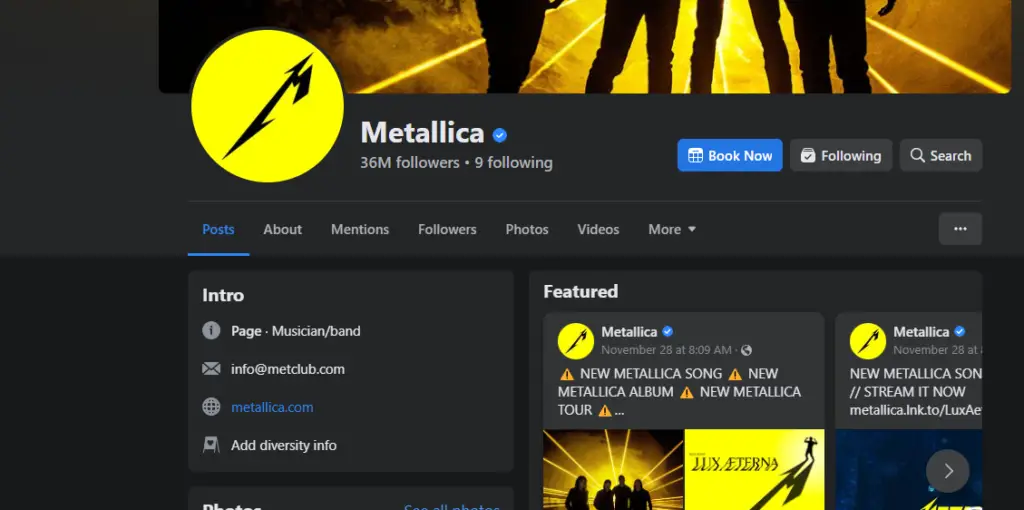
You can also apply the same change to your headers. Metallica has chosen a full band photograph, while you can choose to feature album art or something else. Either way, it should show off a bit of your personality, similar to an Electronic Press Kit (EPK).
Your biography (or bio) should be a short mention of who you are and a link to more details. If your band is currently on standby, you might link to your EPK. However, if you have a concert, tour, new song, or album release, this is a great way to feature that stuff.
Fans want to get to your new stuff as quickly as possible. If you bury it in a sea of posts, you’ll get people to lose interest. So optimize your profiles for what is engaging and current.
What you can post as a musician
A big part of your music career these days is having a social media presence. To have a presence, you need to post interesting things across your chosen social networks. But what do you post?
Regardless of your chosen social platform, what you post remains relatively the same. If you want to find out how it might change how you post, we will revisit that later.
Here are some examples of things you can post as a musician:
- Links to an upcoming song (or a teaser for that song)
- Announcements of upcoming tours, new song releases, or merch drops
- A behind-the-scenes view of you or a band member practicing or playing an instrument
- Pictures of your fans excitedly enjoying one of your live shows
- Repost things that our fans made for you (like custom art or a cool tattoo) to encourage user-generated content (UGC)
- Memes that relate back to your band in some way
- Tags of featured brands or other musicians to announce a collaboration
- Recognition of a fan for doing something cool (or just thanking them for their support)
Regardless of what you post, be sure it adds some sort of value. For example, you don’t want to post memes every day because that distracts from other efforts you do as a band.
For a case study of social media strategy in real life, check out I Set My Friends On Fire and how they interact with fans. They interacted with numerous bands and fans to poke fun at not being invited to the “When We Were Young” tour.
The band went as far as to hijack their URL, causing the festival to have to buy a new URL. The URL hijacking was a great springboard to generate a lot of media attention. With this attention, they announced new album releases and upcoming tour dates.
Social selling
A big part of social media marketing these days is sales. Social selling is the act of your favorite artists hosting eCommerce shops directly on the social media platform of your choice.
If you are a professional musician, hosting this stuff directly on social pages is a great way to make some extra income. It also saves your fans time, so they don’t need to browse a different page to buy stuff from you, increasing the odds for a sale.
The best social sales tools integrate with your website for easier inventory tracking. For example, Ecwid is a great eCommerce tool that integrates with WordPress, Facebook, and Instagram.
Anytime you share content built to increase sales, think about how it affects your online presence. Ultimately, fans are more interested in the new and interesting stuff you do, not what you are selling. Limit your social sales messages to if you have new merch or a special sale. Don’t just remind people your shop exists for no good reason.
Learning social media algorithms
Success on social media is anything but random luck. It comes as those posting know how to connect with fans and give them content they want to see.
This is generated by various algorithms that promote videos or images to the top of a page that suits a person’s particular liking.
While algorithms vary slightly on each platform – the basic mechanic stays the same. So what do we mean by that?
Every post comes with a series of tags attached to it. It’ll be based on a whole range of different factors: length, content, and media type.
Once you click on a video, these algorithms log the information from your profile, noting that you watched a video with X, Y & Z attached.
Using data you have stored on your profile, these algorithms will “boost” similar content to the top of a page, hoping you will click and watch that too next time you are in the same spot. As you do this, it builds links dedicated to that profile.
The algorithms will then consistently show these related topics more and more as you use the platform. Whether you watch videos on YouTube or listen to songs on Spotify, it’s the same.
With this knowledge, algorithms will reward you for staying consistent. This means you must post regularly and stick to the same topic (about your music).
Different posting formats to keep in mind as a musician
Aside from knowing how it works, there’s the small matter of knowing what does and doesn’t work when posting on social media.
As the industry has developed, the popular formats in the industry have changed significantly. A decade ago, live streams were nothing but a pipedream to most. And the thought of a 5-second video being your calling card seemed anything but preposterous.
Nowadays, the type of content you post depends on your chosen social media platform. Here, you need to know how to diversify and adapt your content to each brand.
The main content types generally come down to the following formats:
- Short snippets or “shorts”
- Live streaming
- Photo albums
- Mixed media
Let’s take a quick look at these in more detail to see what these are:
Shorts
Nowadays, it’s the short posts that reign supreme. The likes of Tik Tok, Snapchat, and Instagram have taken over the world through nothing more than 5-second videos.
Genuinely tapping into the famed “3-second window”, a content creator can earn millions with just a few quick and unforgettable clips done before you even blink.
These posts tap into the heart of the matter and deliver on every sense immediately. We’re talking both visually and audibly. Just one dance move or song clip can engage just like that. It’s how the modern world absorbs information, so you must embrace it.
Live streaming
If you want to post longer content, live streams are the way to go. Thanks to Twitch and YouTube, live streaming is booming more than ever.
Live streams put you straight through to fans worldwide, no matter where you might be. These allow for direct interactions with your fanbase without you or them ever leaving your destination.
Streaming has become an excellent way for musicians to connect with fans on various matters. Q&A sessions, album breakdowns, and even live shows can attract thousands in minutes.
It gives you a virtual stage to perform on and potentially have the whole world as your audience—a proper way to generate new fans and plenty of income.
Hybrid posts
These mixed media posts allow you to tell a story in various formats. It’s what allowed the likes of Twitter and Facebook to dominate the industry for so long.
Hybrid posts, or mixed media posts, allow you to combine words, photos, and videos into one short post. It enables you to deliver a full message without any unnecessary clutter.
It’s excellent for leaking previews of a new song or album and teasing fans to buy tickets to an upcoming show. Leaving that tease gives users a purpose to engage with your profile without missing any critical details.
Social media survival strategies so you don’t get overwhelmed
When negotiating the social media minefield, it isn’t easy to know where to start. Thankfully, some smart choices and prolonged knowledge will help you through it all. So how do you master social media for musicians?
Pick two key platforms
There are dozens of social media platforms out there. However, it is pointless trying to be relevant to all of them. Even the most prominent celebrities like The Kardashians or The Royal Family won’t be renowned in all of them.
It’s why focusing on just a couple of platforms lets you create engaging content that is of a good enough quality to relate with your fanbases.
Focusing on a platform isn’t just about quality, though. It’s about learning enough to create meaningful content that boosts your persona.
For example, someone dedicated to streaming can focus on content for that stream and how they can monetize it. What that means is that you can tailor the stream for a specific purpose and build it up to boost your persona and even generate revenue at the same time.
Just look at how Trivium frontman Matt Heafy has mastered the art. Heafy regularly streams live content on guitar tutorials, band discussions, and more which brings him millions and extends the band’s large fan base even further – whether in the US or Japan.
Make an immediate impact
What you need to do when you make any social media post directly makes an impact. It’s generally accepted that you have just 3 seconds to hook a viewer in on social media.
With such little time available, you have to make it count. Thankfully, there are a variety of ways to do just that.
For those making shorts, using a notable sound clip will draw wandering eyes to your clip and make them take a look at whatever meme or info you posted.
When making a video, leak a snippet at the start to tease what’s coming later on in your post. Even just a slight peek will keep viewers hanging around in anticipation.
No matter what you post, getting users hooked to your account with something immediately catchy drives attention.
For example, the success of “Last Resort” by Papa Roach on Tik Tok has grown thanks to the enormous direct impact of the chorus. Just by using that, people stick around for a post – driving your numbers forward.
Keep it fresh
As much as it seems like a cliché: lightning doesn’t strike twice. At least, very rarely. If you get a successful post, don’t think repeating that repeatedly will keep drawing in new viewers.
It only takes a day or two for viral topics to become familiar, meaning that your posts need to stay fresh if you want to stay relevant.
If you post a tutorial of a hit song that draws in thousands of YouTube hits, don’t just stick with the same song. Change it up so people can develop and learn more skills.
Rather than playing the same chords, switch to a different song or focus on solos instead of riffs. Even switching instrument sections – from guitar to bass – can bring a new audience to a channel.
Regularly switching up content guarantees that people will keep coming back and not get bored of seeing the same content on your profile – no matter what media platform you use.
Outsource some help
When it comes to the social media landscape, it can be hard to connect with your target audience every day. But these social sites reward active users, so not posting every day is a bit of waste. So, you might outsource and hire a social media manager.
A social media manager can communicate with your fans on your behalf. They can make announcements, talk with fans, and repost UGC to make you one of the many active users on these social networks.
This work helps you stay relevant to your fans, continuously spreading the message of your good music. It also helps social media algorithms recognize you as a consistent source of content, spreading the word to help you get more fans.
To outsource social media managers, use freelancing websites like Fiverr, Freelancer, and Upwork. If you work with a record label, you might talk to your band manager to see if they have some internal help.
What to avoid on social media
As much as knowing what you should do on social media, there are plenty of things to avoid doing. Even just one or two mistakes can prove costly and make people switch off your profile. So what should you avoid when it comes to social media for musicians?
Keep within Community Rules
It might seem obvious but always ensure that whatever content you post stays within the guidelines set by the platform itself.
This doesn’t just cover obvious rules, either. Besides avoiding offensive or inappropriate content, you must consider aspects like copyright.
Copyright is a contentious matter on platforms – particularly YouTube – and not getting the proper clearance to use material can see the content pulled or demonetized in a heartbeat.
Breaking any community rule or guidelines leads to strikes and accounts being suspended if you are not careful.
Think carefully about any outside content you use on social media and ensure you have all the necessary permissions to avoid an unwanted surprise.
Don’t go into overkill
Creating meaningful content takes plenty of time to get it right. Therefore, trying to do things in a rush to push out more is not the answer to quick success.
The more you push, the less creative and original your content will be. And viewers will quickly see this reflected in your content.
It would be best to remember that business isn’t generated by the number of posts you put out in a year – it’s about the content within them that matters.
Oversaturation of a particular trend and meme can kill it just as quickly as something that is sparsely posted.
Therefore, schedule content regularly to allow each post to be absorbed promptly and your profile to grow naturally.
The five key social media platforms musicians need to know
YouTube
One of the oldest platforms of social media but still one of the most relevant. YouTube has an average user base of 2bn people and is the number one way to consume music. A survey by Statista revealed that 65% of social media users in the US streamed music through the video platform – more than Spotify, TikTok, and Apple Music. With the ability to schedule videos and launch monetized live streams, YouTube is a must for any serious musician wanting to embrace social media.
TikTok
TikTok is perhaps the most dominant social media platform in today’s industry. The nature of the short videos makes them perfect for the instant consumption of any media. Syncing all media formats into one video lasting mere seconds, it’s a great way to get something across immediately to fans. Use this to give fans a snapshot of your band and connect with your audience.
Consider Instagram as the vanilla social media platform for the modern age. It allows you to do a bit of everything that other apps specialize in. You can live stream, hashtag, produce shorts, or upload videos with the same effect. By being the all-around social media platform, Instagram gives you access to those wanting to dabble in all forms.
Twitter is a platform that has changed its purpose over the years. No longer a way to deliver big messages in short form, Twitter is now the best way to link between pages. Twitter’s ability to shorten links into a post and merge them with multimedia helps get a message across quickly to the masses. Not only that but having a verified account also gives added gravitas to prove that you are the person controlling your account.
Although it may be an older platform, Facebook is still relevant in social media today. It still has a vast user base and links directly to other platforms like Instagram and WhatsApp. Facebook’s evolution into ad-revenue posts has made it a financial haven for anyone mastering it. Goldman Sachs revealed that 29% of all music advertising revenue for 2021 came through Facebook, showcasing just how valuable it is to be on Facebook, even in today’s world.
Mastering social media for musicians
As you can see, there are plenty of ways for musicians to break into social media. It takes a bit of time to get to grips with the behemoth. Understanding the mechanics and how everything works gives a greater understanding of the task ahead.
From here, you can start planning ways to make content shine no matter what type of medium you decide to take on. Whether making shorts or hosting a live stream, the ability to make a good post hardly changes. By specializing on specific platforms and engaging directly with your audience, it is easy to create original content that is both fresh and hooks them in immediately.
Furthermore, learning what to avoid also enables you to prevent unwanted pitfalls when posting content. Knowing these tips will help you avoid suspending your account or alienating your growing fanbase, whether it is watching copyright or managing your activity.
Putting all these certain aspects can be tricky, and it isn’t something that will click overnight. Instead, settle in for the ride and slowly expand your knowledge base as you become an expert in social media for musicians.

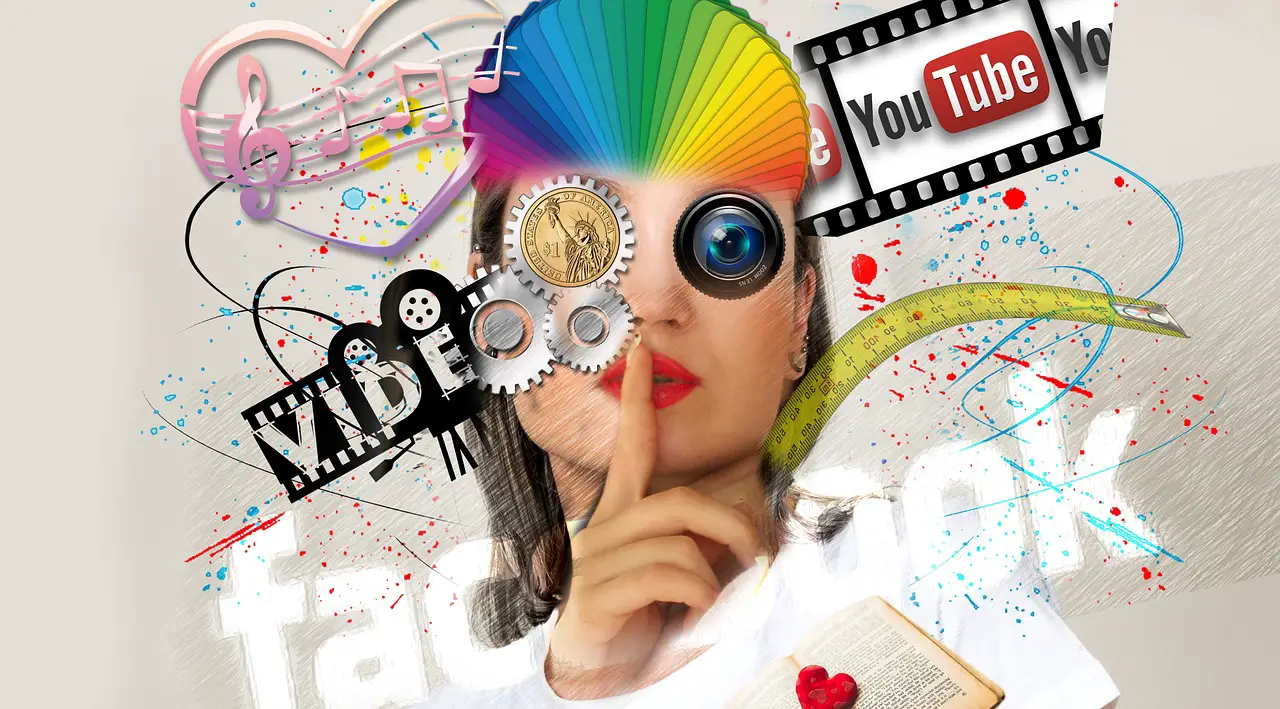


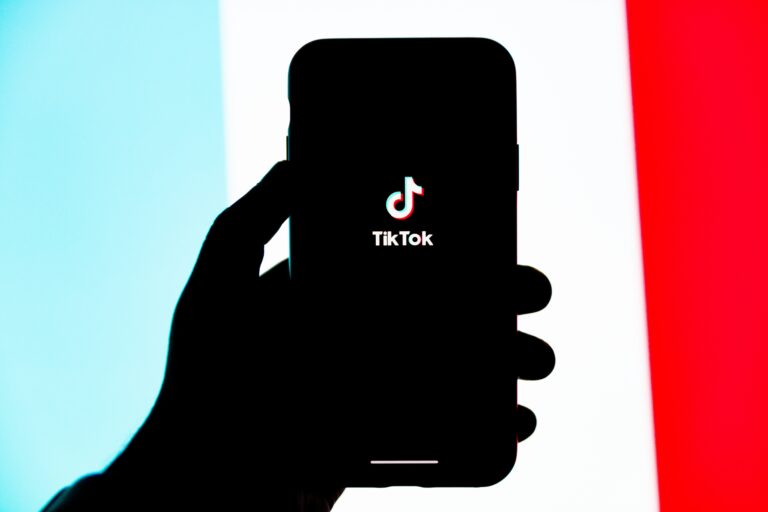
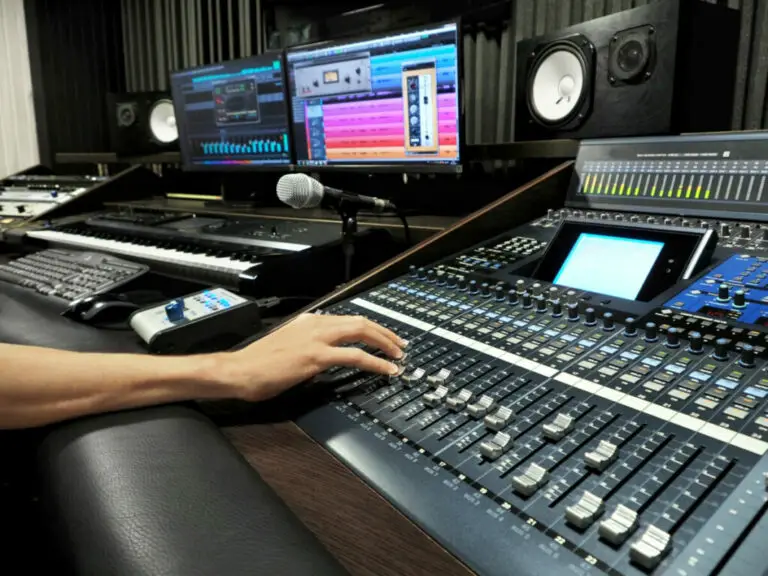
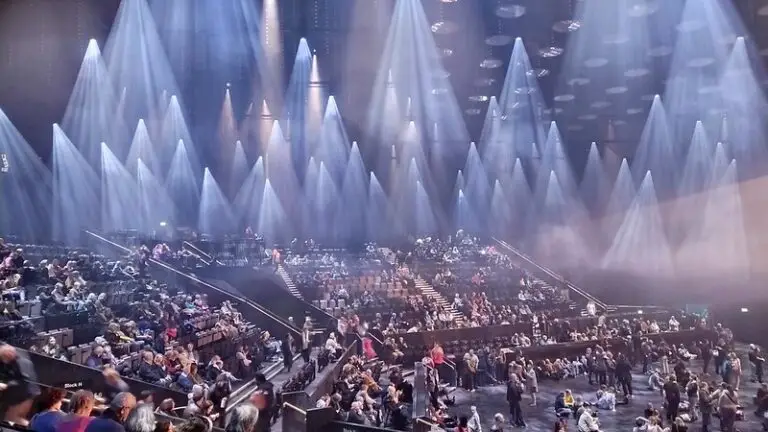
![How to Promote a Song Before Release [Song Promotion Ideas]](https://www.bythebarricade.com/wp-content/uploads/2022/12/pexels-lara-jameson-8898633-768x512.jpg)

